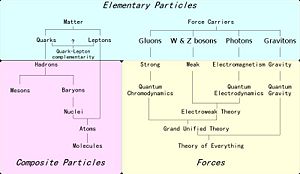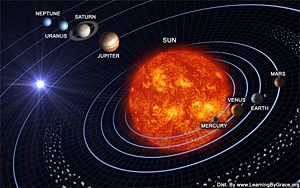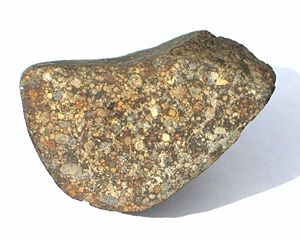Notes 1
Atomic Nuclei
The atomic nucleus is quantum system composed of protons, neutron, and electrons who interact together to form a bound system. The forces acting on this system, strong force, weak force, the Coulomb force, and gravity, act on the system over various length scales that effect the overall distributions of the particle wavefunctions composing the nucleus. The strong force acts on length scales of m and below, primarily affecting the quark components of the previously mentioned nucleons. The weak force acts on a scale of m, acting on the range of the nucleons as it is the affect of boson exchange. The electric, i.e. Coulomb, force acting on the nuclei also acts at all ranges, modeling the interaction of the charged nucleon present in the system with one another. Finally, the gravitational force acts also acts at all ranges, and is the weakest of the four nuclear forces.
Within a given nucleus, denoted by
Definitions for Abundances
The particle abundance is determined by
where the sum is over all the isotopes and is the particles number density. The so-called relative abundance is found through the formula
We also introduce the mass fraction
Denoting
we can write
The mean molecular weight is determined by
The electron abundance
is the ratio of protons to nucleons in the sample. Obviously, the electron number density is then found by
Solar System Abundances
The solar system is commonly believed to have formed from the collapse of a gaseous nebula. And this pre-solar nebula was thought to have an almost homogeneous abundance distribution of elements. There are three methods of probing the elemental abundances in the presolar nebula: The study of Materials on earth, the solar spectra, and unfractionated meteorites.
Earth materials
Examining materials on earth that have not undergone chemical fractionation gives a small glimpse at what elements were present in the presolar nebula.(Most isotopic compositions have not undergone chemical fractionation and are the main source of information for this.)
Solar Spectra
The Sun formed directly from the presolar nebula, and the study of it's spectrum can shed light on its composition. Of the outer layers, the photosphere is believed to be the most accurate representation of the elemental composition of the primordial solar system.
Meteorites
The analysis of presolar grains in a specific class of meteorites, called CI carbonaceous chondrites, can be perhaps the most precise measurement of this elemental abundance. These carbonaceous chondrites never fractionated because they did not experience high pressures or temperatures. There are only five known CI carbonaceous chondrites and they make up only an extremely small fraction of the meteorite.














